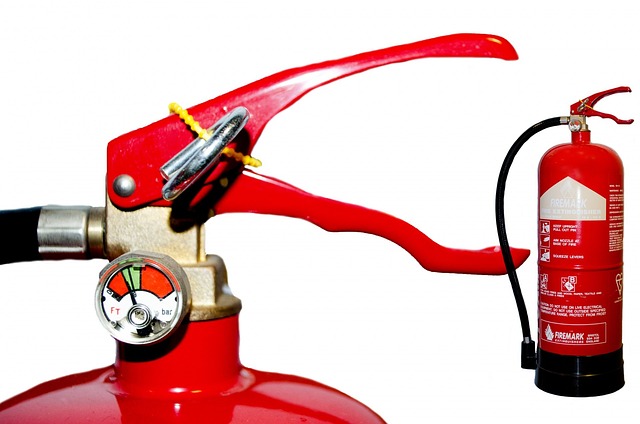It is important for occupants to understand fire extinguishers.
Types of extinguishers
- Class A – Wood, paper, cloth, trash and other ordinary materials
- Class B – Gas, oil, paint and flammable liquids
- Class C – Electrical
- Class D – Combustible metals and combustible metal alloys
- Class K – Vegetable and animal fats
No extinguisher can handle every fire type because different chemical agents are used.
- Ammonium phosphate – Effective on A, B, and C class fires
- Corrosive and must be scrubbed form surfaces
- Sodium bicarbonate – Effective on B and C class fires
- Environmentally friendly
- Water – Effective on A class fires
- Risk of electric shock around electronics
- Potassium acetate – Effective on K class fires
Home Inspectors should verify the following for fire extinguishers;
- A fire extinguisher is within 75-feet of travel
- Fire extinguishers are visible
- Unobstructed access
- Hose is intact and not obstructed (if it has one)
- Pressure dial is green
- Pull pin is secure
- Cracks or dents greater than 1/10 dimension
- Proper location and mounted
- No modifications
- Has a legible label
Replace the fire extinguisher when
- Repairs have been made
- Cylinder threads damaged
- Been burned
- Contains calcium chloride
- Solder on copper or brass
- Dent exceeds 1/10 of greatest dimension
- Used other than purpose
- Expired
Use only when it is safe and check the extinguisher label for information.

